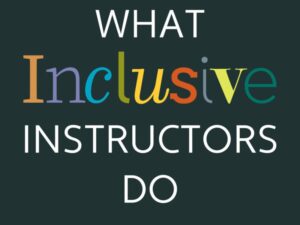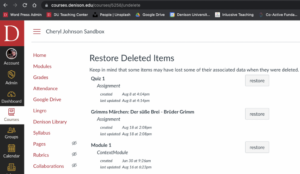
As we head into the fifth week of the semester, the grading has started in earnest. Are you happy with your grading process? A group of Denison faculty created a Faculty Learning Community – Alt-Grading – to consider different approaches to grading. In part, they are exploring the many facets of the term “ungrading,” which aims to focus more on the learning process and less on points.








